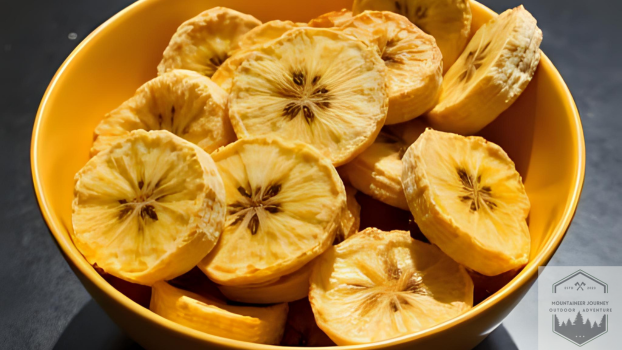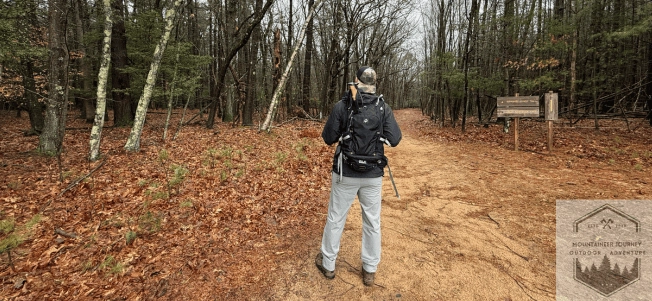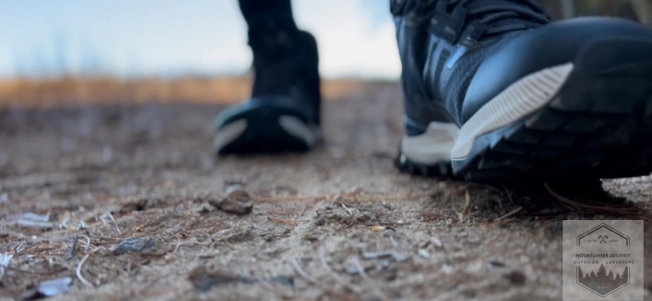How to Season Firewood Like a Pro

Whether you’re a seasoned pro or a beginner when it comes to seasoning firewood there’s always room to get better. In this step by step post we’ll walk you through the process of how to season firewood like a pro.
Say goodbye to struggling with damp or unseasoned logs that won’t light up. By following these simple and easy tips you’ll have a steady supply of well seasoned firewood ready to go whenever you need it. I’ve been using this guide for the last 5 years to season my wood for each winter.
Key Takeaways
Seasoning firewood is part of the prep process, it reduces moisture content and overall quality of the wood. Well seasoned firewood burns more efficiently, produces less smoke and more heat, it’s the best for keeping your home warm and cozy during the cold months. With our easy to follow guide you’ll be seasoning firewood like a pro in no time.
From selecting the right type of wood to storing and drying it properly, every step counts to get perfect results. Whether you use a traditional woodpile or a modern firewood rack we’ll show you how to set up the perfect environment to season your firewood. So get ready to roll up your sleeves, grab your axe and start seasoning your firewood today!

How to Season Firewood | A Comprehensive Guide
One huge benefit of seasoned firewood is that it is easier to burn. Firewood that’s just been chopped can retain up to 45% of its natural moisture. Irregular storage of damp, moldy, or rotten firewood results.
The more smokey burn this damp wood produces also leads to creosote buildup in chimneys. The main cause of chimney fires is this natural waste, this is something chimney sweepers have to deal with. When burning wood outside, damp wood creates more smoke, uneven burns, and hard-to-keep-lit fires, making it essential to burn wood that has been properly seasoned.
What Type of Wood to Use for Firewood Seasoning
When learning how to season firewood, choosing the right type of wood is key this will cut down issues in the future. Freshly cut wood has a high moisture content and needs to be properly seasoned before use. Different types of wood have different densities, moisture content and burning properties that will affect how well they season. For more information on how to choose the right firewood check out: How to Choose Sustainable Firewood: A Complete Guide.
Hardwoods like oak, maple and ash are best for firewood seasoning because of their density and lower moisture content. These types of wood burn hot and slow, perfect for long lasting fires. Softwoods like pine and cedar have higher moisture content and burn faster, not ideal for seasoning firewood.
Also consider the availability and cost of the wood you choose and any personal preferences for scent or appearance. By choosing the right type of wood to season you’ll ensure your firewood is properly dried and ready to use for a cozy and efficient fire.

Cut and split the wood
To season firewood you first need to cut and split the wood. This involves using a chainsaw or axe to cut the logs into smaller pieces. Make sure the wood is cut to the right length for your fireplace or wood stove. Once the wood is cut, it needs to be split into smaller pieces so it dries evenly, as split wood exposes more surface area to the air. Make sure your split wood is evenly cut.
Splitting the wood also exposes more surface area to the air which will speed up the drying process. When splitting the wood use a chopping block or stump to avoid damaging your tools, or injuring yourself. By taking the time to cut and split your firewood properly you’ll have firewood that’s ready to burn efficiently and safely when the time comes.

Stacking the wood
Properly stacking and seasoning firewood is key to a warm and efficient fire, so it’s important to stack wood correctly. To season firewood like a pro start with the right wood. Remember, hardwoods like oak, maple and ash are best for burning as they produce high heat and burn longer. Softwoods like pine and spruce can be used too but burn faster and produce more creosote in your chimney. Once you have your wood selected it’s time to stack it.
Stack firewood in a crisscross pattern to allow for good airflow so the wood dries evenly. Stack the wood off the ground so moisture can’t seep in from below. Also keep your woodpile covered with a tarp or other covering to protect it from the elements. By doing this and taking the time to stack your wood right you’ll have firewood that’s ready to use when you need it.
Allow Time to Season
Time is key when allowing firewood to season properly. Properly seasoned wood will produce less smoke, creosote and other by-products making it better for you and the environment. To season firewood you need to allow enough time for the wood to fully dry out. This can take anywhere from 6 months to a year depending on the type of wood and where you live.
During this time, the wood should be stored in a dry, well-ventilated area with plenty of sunlight to help speed up the drying process and allow air to circulate. Also stack the wood properly to allow for good air circulation and prevent mold and mildew from forming. By taking the time to season your firewood you’ll have a more enjoyable and efficient fire burning experience and save time and money in the long run.
Why Can’t I burn Wet Wood?
Many people think that if wet wood will burn, then it’s safe. We are telling you it is not. Green wood like we stated before does not burn efficiently. It takes longer to light and hold a fire. Also, wet wood increases chances of chimney fire, and much more. Allow your wood properly season and you will thank yourself in the long run.
Benefits of Seasoned Firewood
Seasoned firewood (dry wood) has many benefits for those who heat their homes or just enjoy a fire. Wet wood, on the other hand, is difficult to ignite and produces more smoke and creosote. One of the main advantages of seasoned firewood is it burns much better than green or unseasoned wood.
Since seasoned wood has had time to dry out it has less moisture in it so it ignites easier and produces more heat. This means you can get a fire going faster and save money on fuel costs in the long run.
Also seasoned wood produces less smoke and creosote when burned so less pollution and a cleaner chimney. This reduces the risk of chimney fires and improves the air quality in your home. Seasoned firewood also produces less ash and residue so it’s easier to clean up after a fire.
By seasoning your firewood properly you’ll have a reliable source of heat all winter long. Learning to season firewood like a pro will save you time and money and give you a more enjoyable and safe fire burning experience.
Seasoning Firewood Like a Pro Summary
In summary, the firewood seasoning process is key to burning efficiently and cleanly in your fireplace or wood stove. By following the steps in this post you’ll have firewood that’s seasoned to perfection and ready to keep you warm all winter long. Remember to start by choosing the right type of wood and cutting it to the right length.
Then stack the wood in a well ventilated area and let it dry for at least 6 months. To speed up the seasoning process use a firewood rack or cover the wood with a tarp. Once your firewood is fully seasoned it will burn hotter and cleaner and save you time and money in the long run.
We hope you learned how to season firewood today, look to improve your fire building skills follow these simple steps and you’ll be seasoning firewood like a pro.
Frequently Asked Questions
How Long Does Wood Take To Dry ?
To season firewood like a pro, it’s important to allow enough time for the wood to dry out fully. This process typically takes anywhere from six months to a year.
How Can You Tell If Wood Is Seasoned?
Follow these steps to make sure your wood is seasoned properly:
- Color: Seasoned wood appears darker and often grayish, with cracked and split ends.
- Sound: When knocked together, seasoned wood produces a sharp, clear sound.
- Weight: Seasoned wood is lighter.
- Texture: It feels rough and dry to the touch.
- Moisture Meter: A reading below 20% indicates well-seasoned wood.
- Cracks: Visible cracks, especially at the ends, show dryness.
- Bark: Loose or peeling bark indicates seasoned wood.
Can You Burn Unseasoned Wood?
Burning unseasoned (green) wood is not recommended due to:
- Low Heat Output: High moisture content results in less heat.
- Excessive Smoke: Produces more smoke, leading to potential health issues.
- Creosote Buildup: Increases risk of dangerous chimney fires.
- Difficult to Ignite: Harder to start and maintain a fire.
- Soot and Residue: Produces more soot, requiring more frequent cleaning.
Should Firewood Be Covered While Seasoning?
Yes, your wood should be covered while seasoning even if it has a roof over it. By covering the wood, you reduce any moisture that can build up as well as fungus build up. Make sure the tarp or covering is well ventilated.
What’s The Fastest Way To Season Firewood?
There is no way to speed up the seasoning process. First, pick out hardwoods like ash, oak, and maple. Split wood evenly, and cover the wood for 6-12 months. This process cannot be sped up at all.
More Articles
Best Hikers Quotes to Inspire Your Next Adventure
Hiking vs Walking | Key Differences Explained
Solo Hiking | How To Hike Alone And Love It
Adventure Awaits,
Tyler






